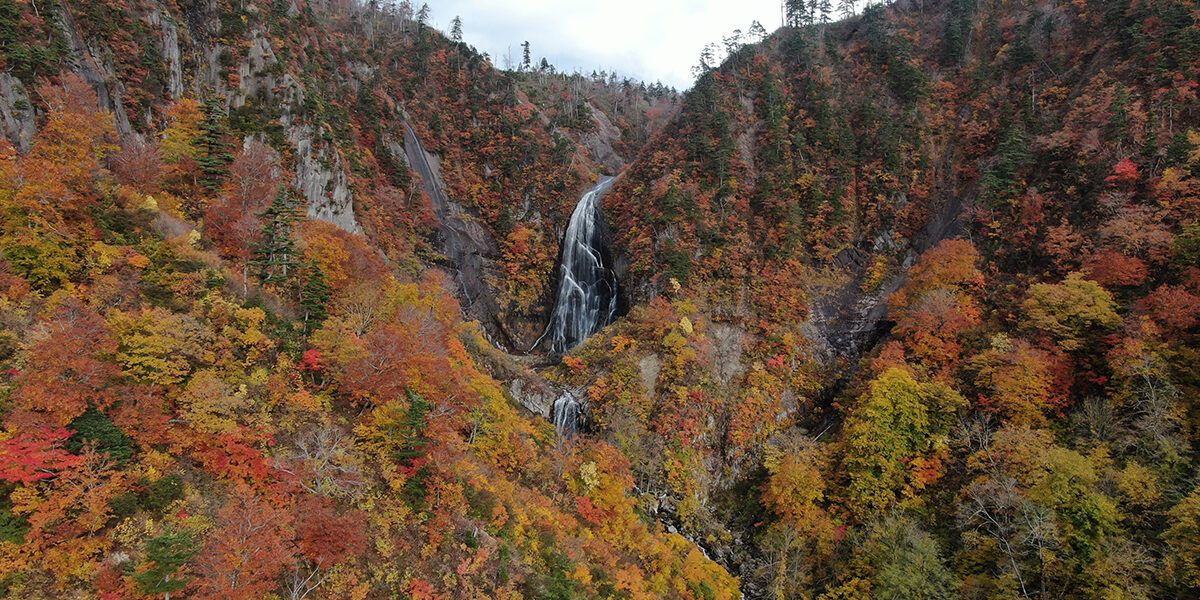I was in a hotel in Ichinoseki, Iwate when the 7.1 earthquake hit not far to the southeast off the coast of Miyagi Prefecture. It was an aftershock of the 9.1 earthquake that had struck a few weeks earlier on March 11th, 2011. Water in the bathtub which was filling at the time sloshed around like a washing machine and for a brief moment I laughed at the absurdity of the spectacle before worrying that the aging hotel might come tumbling down.
I realized I hadn’t heard laughter in weeks. I had been flown up to the Tōhoku region from Yokohama just a few days after the 3/11 quake as an interpreter. Shortly thereafter I transitioned to helping with relief efforts. From inland Ichinoseki it was a short drive to the devastated coast. Taxi drivers in town had little to do so you could pay them a reasonable fee for the day to be ferried out to the coast with supplies (in those dark times they needed work, too, and deserved the pay). I saw multiple cities along the coast–or, I should say the remains of cities–that were swept away by the tsunami. When I arrived, police and Self Defense Forces were still pulling victims from the water and the vast wreckage of once thriving neighborhoods. An army veteran turned reporter who I was with for a few days said it was worse than any war zone he had visited. I remember ascending one hill in Rikuzentakata CIty, Iwate and seeing mangled railroad tracks; it was almost impossible to believe that the wave could have risen that high.
In the evacuation shelters, where conditions were dire, our meager food and sanitation supplies would last about a day. Thankfully, relief supplies surged after those first couple of weeks. In all of the shelters, there were bulletin boards with photos of missing people, or messages from people looking for friends and loved ones. A young English teacher from the same neighborhood as mine in the US was among the missing in Ishinomaki, Miyagi. I briefly communicated with her parents as I tried a few shelters before her body was eventually found. It was easy to feel hopeless but every now and then, you’d see people reunite in shelters with shouts of joy and tears.
I spent most of my time in Rikuzentakata. A month after the quake, folks were already building temporary housing in a schoolyard up on a hill. Children were laughing in the playground again. Businesses that weren’t destroyed were reopening. Everyone I knew was trying to find some way to support the Tōhoku region. Later that spring, after I had returned to Yokohama, I traveled back north again for vacation in Iwate. I thought the least I could do was try to stimulate the economy. Incidentally, during that trip, I met Quinlan Faris, an Iwate resident and guide who provides the travel article and accompanying photography for this issue. I returned a few more times over the months that followed.
When I visited a year later for the anniversary memorial, I interviewed Mayor Toba for a news organization. I was stunned by his stoicism and fortitude. I later went with Toba down to the gutted remains of city hall where he prayed at a makeshift altar surrounded by photos of those who had perished. Despite all the pain and loss (he had lost his wife) he was determined to get the city back on its feet. There were huge earthwork projects underway; today, there are giant sea walls that would at least help stop or mitigate tsunami of a smaller scale. Little has been rebuilt in the coastal plains behind these walls, but a functioning town has resumed life in the hills.
One of the last things Toba said to me was, “My biggest worry is that we’ll be forgotten.” The relief and attention had been flowing in over that first year, but would that continue until the region got back on its feet?
Naturally, cities in the interior that didn’t face such extensive destruction recovered more quickly, but I feel like coastal communities haven’t been forgotten. Over the years I’ve regularly read about entrepreneurs and organizations that have moved to the region to launch small businesses and community-building services. Previously existing businesses like the sake brewery Suisen in Rikuzentakata (see ST9) have found stability and nurture future ambitions.
I highly encourage you to visit Iwate, even if you can’t make it to the coast to support these rebuilt communities. Many of us here at Sake Today can vouch for the prefecture’s underrated attractions (our art director, Matt, even lived there). From natural scenery and hot spring resorts to quaint towns like Morioka or Ichinoseki, there’s plenty to impart rich memories of your northern excursion.






